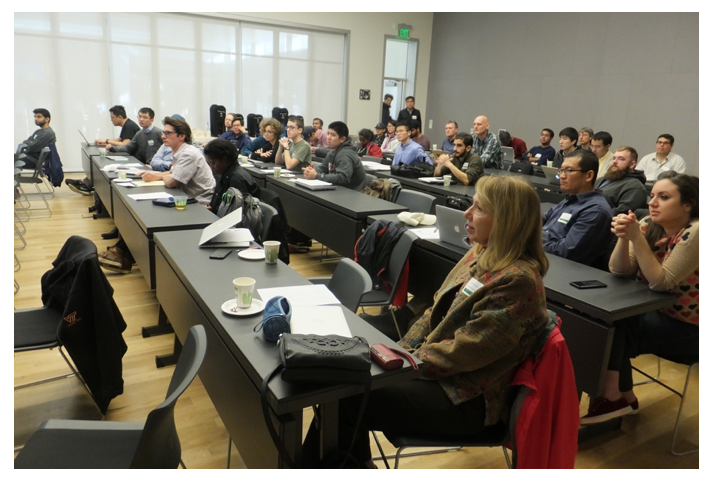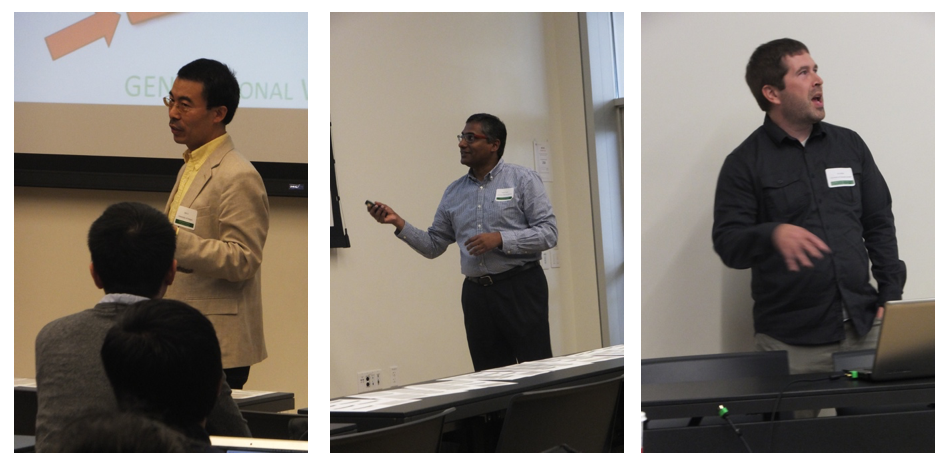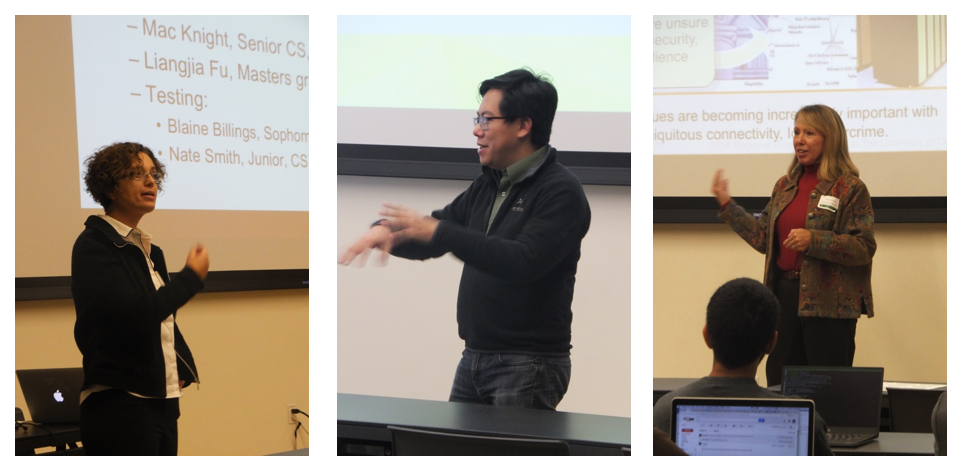Having served the NSF research community for more than a decade, the GENI research network shut down its operations on August 1, 2023. Although GENI is no longer operational, there are several alternative NSF-funded cyberinfrastructure facilities for researchers to use. We expect most users will switch to FABRIC, which, like GENI, offers a programmable network platform with advanced, future-looking, “routing” infrastructure connected via high speed links with the potential for QoS guarantees.
The following instructions have been created to help users move from GENI to FABRIC. Please consult the appropriate instructions based on your role:
Researchers
Instructors
Students
IT Staff at GENI sites can find information needed to shutdown their GENI rack in this GENI Rack Decommission Instructions document.





